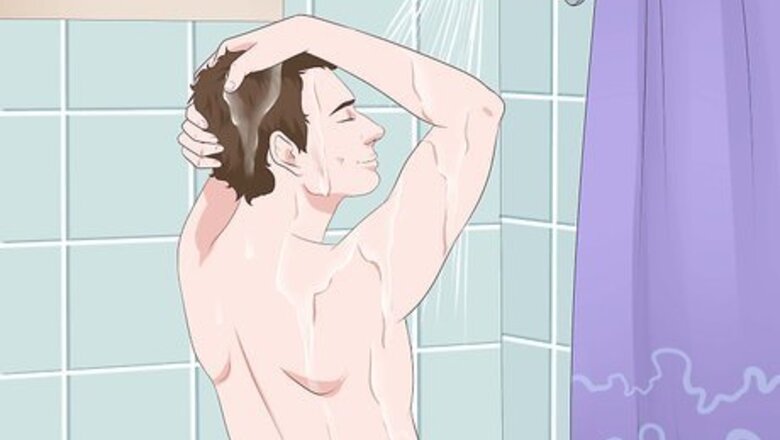
views
X
Research source
If you have back acne, there are ways to help you get rid it.
Reducing Back Acne
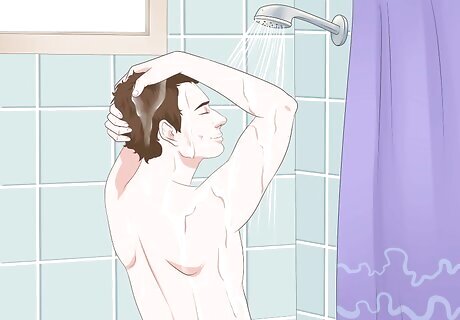
Shower daily to reduce bacne. Taking a shower every day can help remove oil and impurities that cause back acne. If you cannot reach your back, buy a back washer (a loofah or sponge on a stick) made for cleansing your back. Apply a cleanser directly to your back or back washer, gently rub the product in, and rinse with warm water. Opt for an exfoliating body wash containing sulfur, salicylic acid, glycolic acid, or benzoyl peroxide for extra bacteria-fighting benefits. Use a new washcloth each day. Bacteria can grow and remain on a washcloth after your shower. Make sure to wash after exercising, as sweat build-up can cause acne.
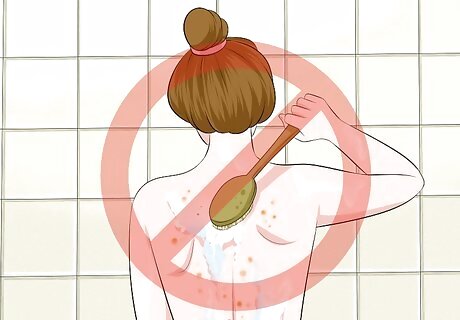
Try not to scrub your back while bathing. While you may think scrubbing will help get rid of the acne, scrubbing can cause more acne. Scrubbing irritates and damages the skin. Instead, gently wash your back with non-comedogenic products like Neutrogena, Aveeno, Cetaphil, and Olay. You can also use acne cleansers marketed for your face on your back. These cleansers contain benzoyl peroxide, salicylic acid, or alpha hydroxy acids.
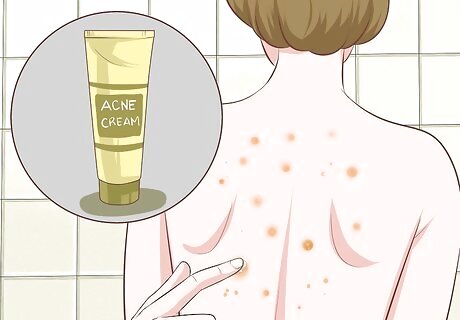
Dab acne cream on your bacne. Acne cream can help dry out your pores and kill acne-causing bacteria. Opt for a cream or gel containing 2.5 to 10% benzoyl peroxide, 0.5 to 2% salicylic acid, or alpha hydroxy acids. Apply the cream or gel directly onto the blemish using a cotton swab or cotton ball. If you can reach, you can apply it yourself. Use the least concentrated product when first trying this method to ensure you aren’t sensitive to the chemicals. Make sure to follow the directions and not apply too much cream or gel. Ask a partner or loved one to help you place the cream on hard-to-reach places.
Use a medicated body spray to alleviate bacne. Many spray-on acne treatment products contain ingredients similar to acne creams. These products, including Glytone spray and Murad spray, are effective options, as you can apply the product to yourself without help.
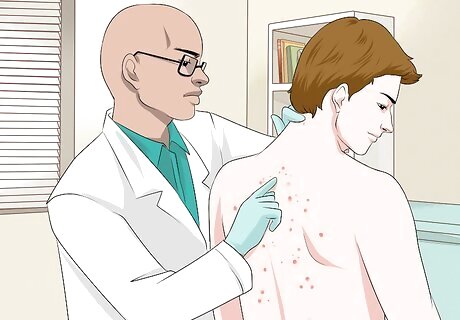
See a dermatologist if home treatments don’t work. Some bacne may be too severe to alleviate on your own. Call your dermatologist to set up an appointment to receive personalized care and treatment, especially if you have large pimples or painful acne on your back. Dermatologists can prescribe stronger medication than what can be purchased over the counter.
Using Unverified Natural Remedies
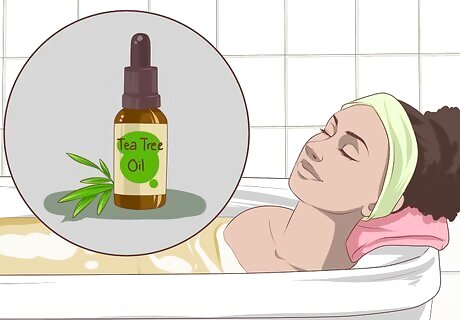
Take an herbal bath a few times a week. Herbal baths allow your body to soak in acne-clearing essential oils, which can help reduce back acne. Add 10 to 20 drops of essential oils to the water. Make sure to test the oils on your skin before using them in the bath, as those with sensitive skin may have a reaction. Try any of the following essential oils: Lavender Tea tree oil Oregano oil Bergamot oil Rosemary oil Spearmint or peppermint oils Thyme Calendula
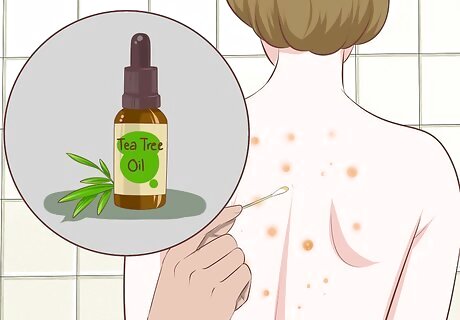
Dab some diluted tea tree oil on your bacne. Tea tree oil is considered an effective natural remedy for acne; however, it must be diluted before use as it might harm your skin. Combine 1 drop of tea tree oil, 1 drop of carrier oil (such as jojoba or coconut oil), and 1 teaspoon (0.17 fl oz) of aloe vera gel. Use a Q-tip or a cotton ball to spot-treat areas on your back. Leave the oil on the skin or use warm water to rinse it off.
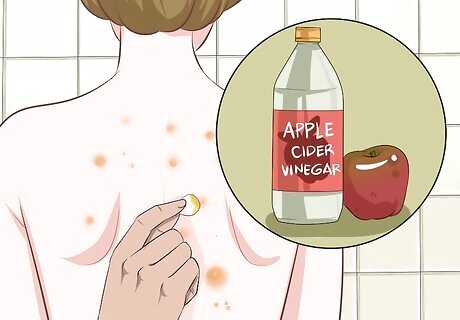
Use apple cider vinegar to reduce blemishes. Apple cider vinegar can be used to make a toner that might help reduce blemishes and clear your skin. Mix 1 tablespoon (0.50 fl oz) of apple cider vinegar with 1 cup (8.0 fl oz) of water. Rub the mixture on your back with a cotton ball. Apple cider vinegar can irritate sensitive skin. Start with more water and less vinegar if you have sensitive skin.
Preventing Back Acne Through Lifestyle
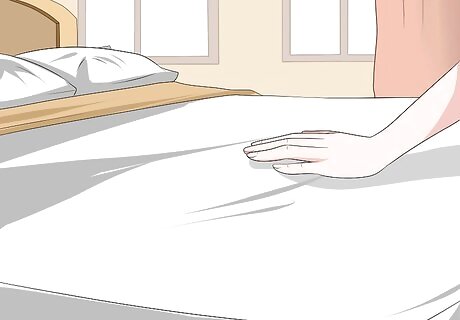
Keep your sheets clean. Sleeping on dirty, oily sheets can transfer impurities to your skin and cause back acne. Wash your sheets regularly (or at least weekly) to reduce the transfer of dirt and oil onto your skin. Try sheets made of lightweight cotton. These trap less moisture than other fabrics.
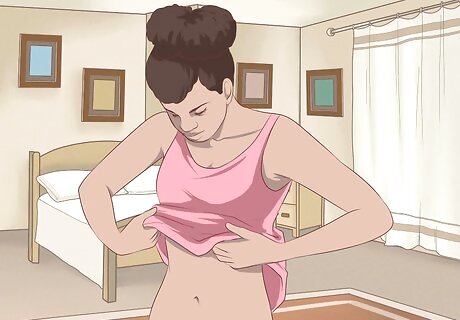
Wear clean, loose-fitting clothing. Wearing dirty clothes can transfer oil and dirt to your skin, causing back acne. Always wear clean clothes. On top of this, wear loose-fitting clothes, as these allow your skin to breathe without trapping sweat and impurities against your skin. Wear clothes made of breathable materials, like cotton. Synthetic fabrics can trap sweat, which can cause breakouts.

Avoid irritating products. Some lotions and laundry detergents can irritate your skin and cause breakouts. Try fragrance-free or products for sensitive skin.
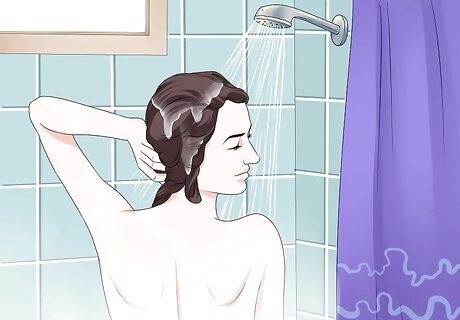
Keep your hair clean. If you have long hair, it can transfer dirt and oil to your neck, shoulders, and back. Wash your hair often to minimize this. It’s also important to wash your hair often if you use hair products, as hair products can clog your pores. Try to wait to wash your back after using shampoo and conditioner to remove any product that may have rinsed off onto your skin.
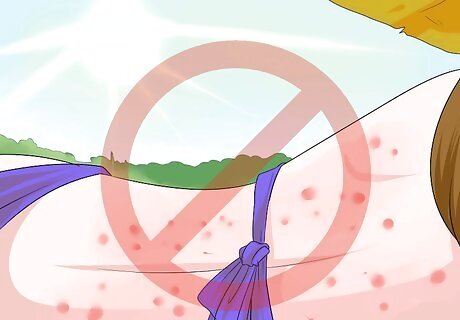
Protect your back from the sun. Tanning beds and too much sun exposure can damage your skin. Damaged skin is at a high risk for acne. Additionally, some acne medications make your skin extremely sensitive to UV rays. Stay out of the sun to help with your acne.
Preventing Acne Through Diet
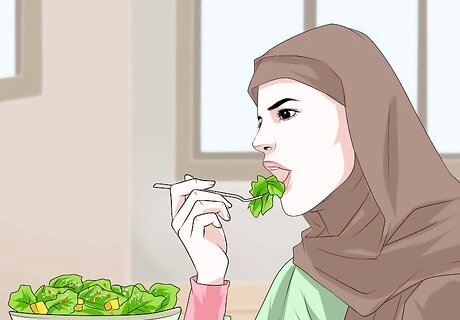
Limit how much sugar you eat. Foods with lots of sugar can cause acne. Numerous studies have found that low-glycemic index foods can help reduce acne. Low-glycemic index (GI) foods release sugars into your blood more slowly, so try eating more: Mangoes, bananas, papayas, and pineapples Raisins and figs Brown rice, barley, and whole-grain pasta Bran cereals and rolled oats Whole grain breads Nuts Legumes and beans Yogurt
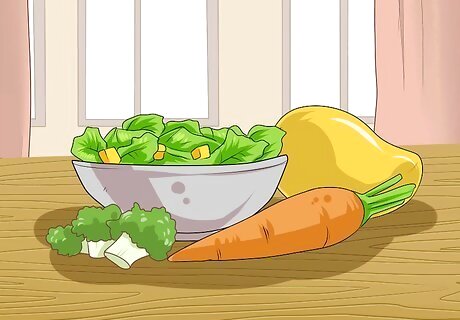
Increase your Vitamin A. Vitamin A has been found to boost your immune system and acts as a natural antioxidant. You can take a supplement or get Vitamin A through your diet. Vegetables are high in Vitamin A. Try dark leafy greens, carrots, broccoli, red peppers, summer squash, and pumpkin. Eat fruit like cantaloupe, mangoes, and apricots. Legumes have a good amount of Vitamin A. Meat, especially liver, is a good source of Vitamin A.
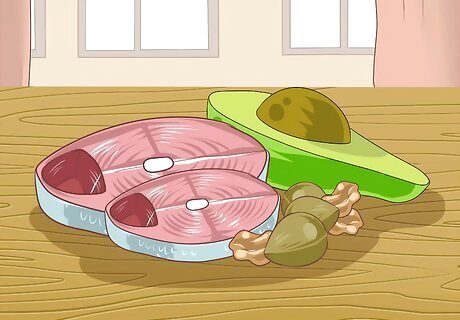
Incorporate more foods with omega-3s into your diet. Omega-3 fatty acids are supposed to help control the production of oil. Omega-3 fatty acids are most commonly found in food, but they can also be found in supplement forms. Try eating more fish, such as salmon, sardines, mackerel, whitefish, and shad. Walnuts, avocados, flaxseeds, and chia seeds are also high in omega-3s.
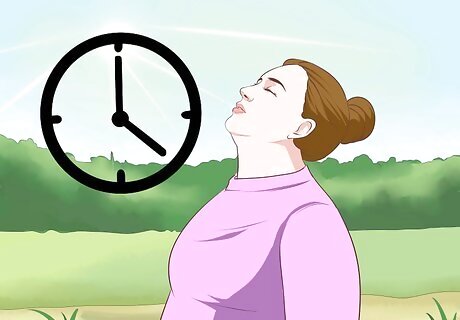
Get more Vitamin D by being in the sun more. Vitamin D has many benefits for the skin, as it helps boost your immune system, reduces inflammation, acts as an anti-microbial, and reduces oil production. The best place to get Vitamin D is from the sun. Go outside and sit in the sun for about 10 to 20 minutes. You can get Vitamin D through foods as well. Try eating more fish (salmon, tuna, mackerel, and cod liver oil), eggs, mushrooms, and oysters.
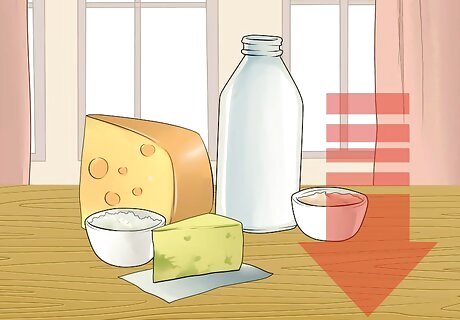
Limit your dairy intake. If you eat a lot of dairy, that may be adding to your breakouts. Try limiting how much dairy or cow’s milk products you eat regularly. Substitute these foods with more vegetables, fruits, or dairy alternatives.
Try eating more garlic. Garlic is thought to have antibacterial, antioxidant, antiviral, and anti-fungal properties and may help prevent acne. So, consume garlic raw whenever possible. Try taking garlic shots or adding chopped garlic to your pasta sauce.



















Comments
0 comment